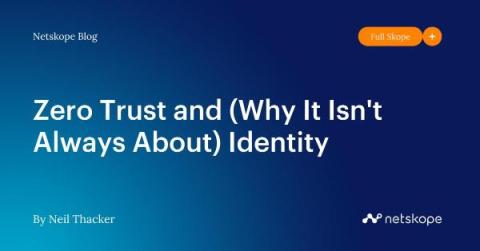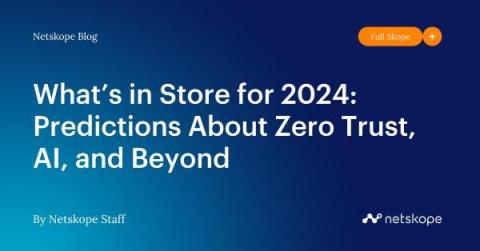Security | Threat Detection | Cyberattacks | DevSecOps | Compliance
Latest News
The Current Challenges of Adopting Zero Trust and What You Can Do About Them
In the fast-evolving world of cybersecurity, the transition to remote work, the challenges of Zero Trust adoption, and the technology that supports it have taken center stage. Join me as we explore the insights of cybersecurity professionals and uncover the realities of this transformative journey.
Keeper Streamlines Auditing and Session Recording for Modern Zero-Trust Security
Keeper Connection Manager (KCM) provides teams with instant remote access capabilities via a secure session, directly from a web browser. Gartner identifies several core Privileged Access Management (PAM) capabilities including monitoring and auditing, as well as privilege elevation and delegation. KCM provides Privileged Account Session Management (PASM) with support for RDP and SSH desktop protocols, database connections and session recording.
Zero Trust Architecture
Redefining Cybersecurity Perimeters Traditional security models that rely on a defined perimeter are proving to be inadequate in protecting sensitive data and systems. The increasing sophistication of cyber threats demands a more proactive and robust approach. Enter Zero Trust Architecture (ZTA), a paradigm shift in cybersecurity that challenges the conventional notion of trust within network boundaries.
Zero Trust and (Why It Isn't Always About) Identity
What is the relationship between zero trust and user identity? There’s no doubt that identity is a fundamental component of an effective zero trust approach, but there is also a danger that organisations become so overly focused on this one element, they forget there are others. To believe that achieving zero trust is all about user identity is, I believe, a fundamental misunderstanding of the concept.
Introducing advanced session audit capabilities in Cloudflare One
The basis of Zero Trust is defining granular controls and authorization policies per application, user, and device. Having a system with a sufficient level of granularity to do this is crucial to meet both regulatory and security requirements.
5 Reasons to Implement Zero Trust & 5 Steps to Get You Started
What's in Store for 2024: Predictions About Zero Trust, AI, and Beyond
With 2024 on the horizon, we have once again reached out to our deep bench of experts here at Netskope to ask them to do their best crystal ball gazing and give us a heads up on the trends and themes that they expect to see emerging in the new year. We’ve broken their predictions out into four categories: AI, Geopolitics, Corporate Governance, and Skills. Here’s what our experts think is in store for 2024.
Embracing Zero Trust: Revolutionizing Cloud Technology Adoption
As technology continues to advance, cloud computing has become an integral part of our digital landscape. While the benefits of cloud technologies are undeniable, concerns about data security and privacy have often overshadowed and slowed down its adoption. However, a new paradigm shift called “Zero Trust” is poised to revolutionize the way we perceive and embrace cloud technologies.
ZTNAs Address Requirements VPNs Cannot. Here's Why.
When organizations were forced to shift to remote work during the pandemic, they needed a quick-fix solution that would enable their remote employees to securely access work resources. For many, this solution came in the form of VPNs. However, VPNs were not designed for the bring your own device (BYOD) and cloud app security use cases. While VPNs can provide remote access, it may come as a surprise that they fall short when it comes to security.











